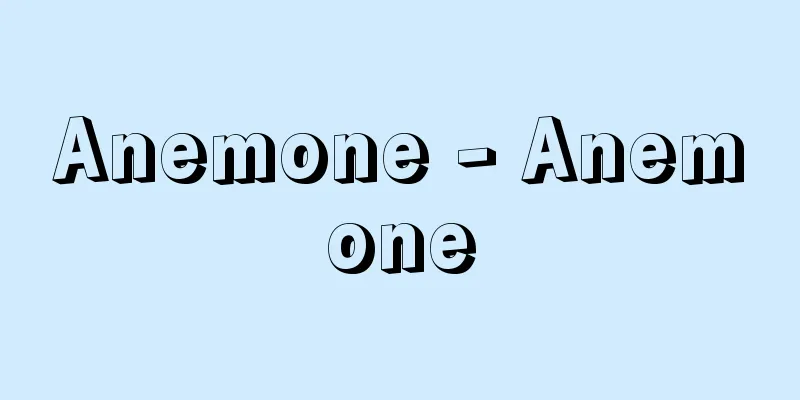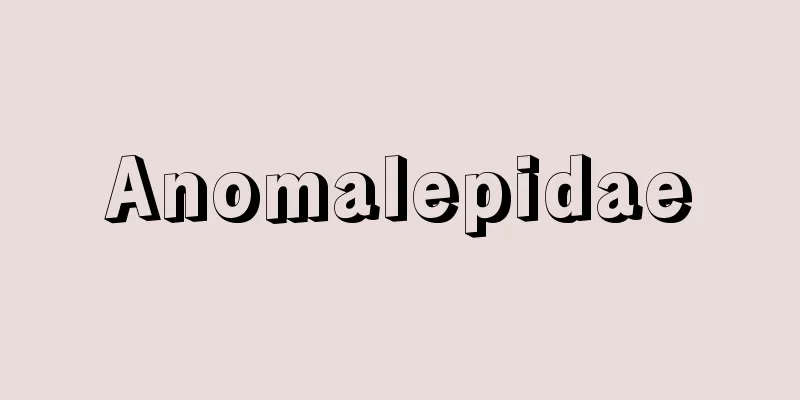Sketch - Shasei

|
To depict nature or objects as seen. In Chinese painting, from the end of the Tang Dynasty, there was a growing trend towards realistic depictions of real objects, as opposed to the traditional "ringa" method of copying the works of predecessors. "Shasei" was used as a counter term to "ringa". Also, from the Song Dynasty, it came to be used to mean the direct depiction of living things such as animals and plants. In Japan, with the influx of Dutch painting during the Edo period, Maruyama Okyo and others valued shasei. In the Meiji period, this word was used as a translation of the Western painting terms sketch and drawing. In the Taisho period, Yamamoto Kanae and others advocated free painting education, which aimed to free schoolchildren from copying models and allow them to become familiar with nature directly. As this spread, "shasei", in which students place the real thing in front of them or go outside and draw landscapes as they see them, was actively adopted in art classes in schools. The meaning of shāsei in Japan is slightly different from its original Chinese meaning, but the spirit of both is to directly observe natural objects and to capture the object's true form, without being bound by form, and ultimately to its innermost essence. It has much in common with the spirit of realism and naturalism in Western painting, but it is not appropriate to directly link the two. [Haruki Yaegashi] [References] | |Source: Shogakukan Encyclopedia Nipponica About Encyclopedia Nipponica Information | Legend |
|
自然や事物を実際に見たままに描くこと。中国絵画では唐末ごろから、先人の作品を写し描く伝統的な「臨画」の方法に対して、実物を観察描写する写実的傾向が強まったが、「写生」はこの「臨画」に対することばとして使われた。また宋(そう)代からは、動植物など生きたものを直接描写する意味に使用されるようになった。わが国では江戸時代に、オランダ絵画の流入に伴い、円山応挙(まるやまおうきょ)らが写生を重んじた。明治時代になると、このことばはスケッチやデッサンの西洋絵画用語の訳語にあてられた。大正期には、学童を手本の模写から解放して直接自然に親しませようという自由画教育が山本鼎(かなえ)らによって提唱されたが、その普及に伴い、学校の図画教育でも実物を前に置き、あるいは屋外に出て風景などを見たままに描く「写生」が盛んに取り入れられた。 日本での写生の意味は中国の原義とはやや異なるが、その精神はいずれも、直接自然の対象を観察することによって、形式にとらわれずにその物のありのままの姿、ひいてはその内奥にある本質に迫ろうとするものである。それは西洋絵画における写実主義や自然主義の精神と相通じるものを多分にもっているが、両者を直接結び付けて論じることは適当ではない。 [八重樫春樹] [参照項目] | |出典 小学館 日本大百科全書(ニッポニカ)日本大百科全書(ニッポニカ)について 情報 | 凡例 |
>>: Jasmine oil - Jasuminyu (English spelling) jasmine oil
Recommend
Edward Franklin Albee
American playwright. Born in Washington, D.C., he...
Proof theory
...The latter is called metamathematics, and its ...
Rh antibody - Rh antibody
...This antibody was determined to be the same as...
The Ningbo Rebellion
In 1523, a military incident broke out in Ningbo w...
Prince - Suemiko
〘 noun 〙 The son of an emperor. Prince. ※ Chronicl...
Yoshitaka Tsukamoto
1898-1980 A Buddhist history scholar and monk fro...
Transfer payments
An item on the balance of payments table that incl...
Wall clock - kakedokei
〘 noun 〙 A large clock that is hung on a pillar or...
Mr. Yonezu - Yonezu
A feudal lord in the early modern period. Born in ...
Irish Literary Theatre
…It is confirmed by documents that religious play...
Critical fusion frequency
For example, when we see a flashing light, if the...
hypnoanalysis
...Not only is it used to remove symptoms, but it...
Irregular Blocks - Irregular Blocks
A concrete block of any shape other than square th...
Foyer (English spelling) [France]
It means a place to hang out, a center for family ...
Government pasture - Kanboku
〘 noun 〙 A national ranch stipulated in the Ritsur...









